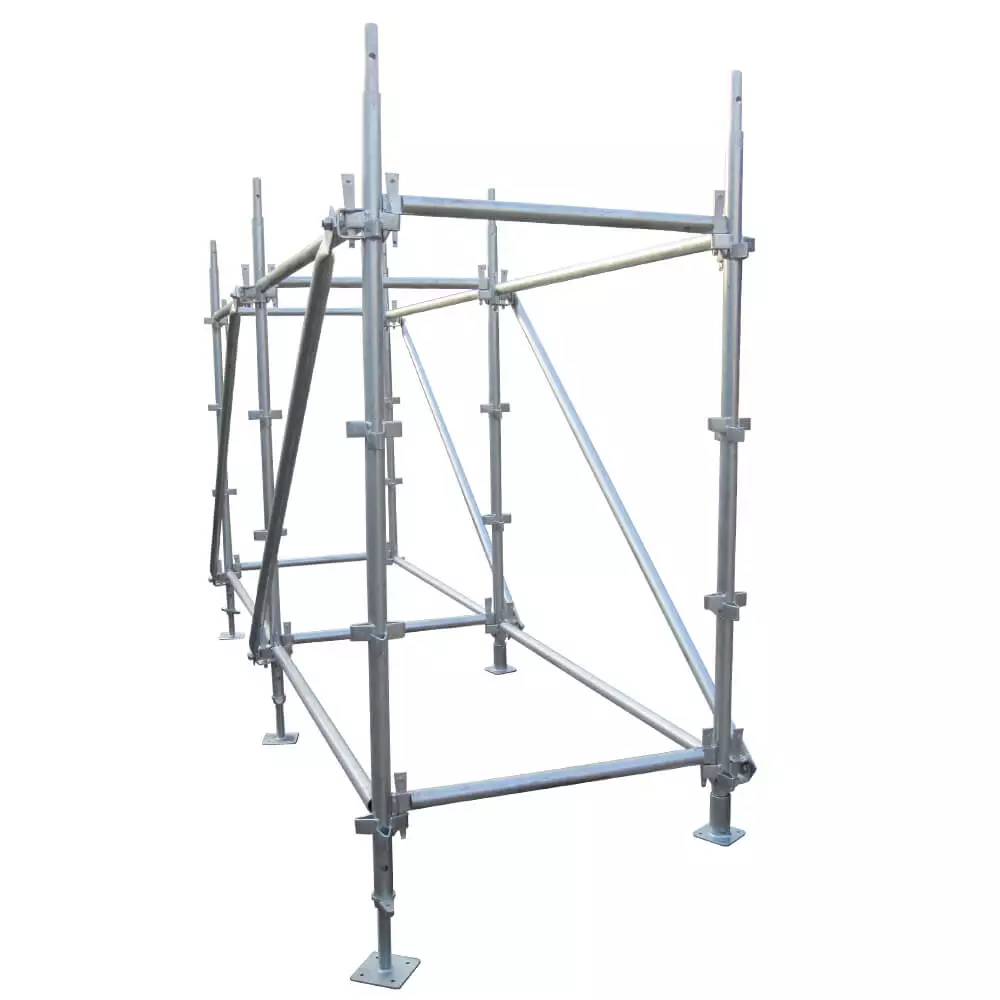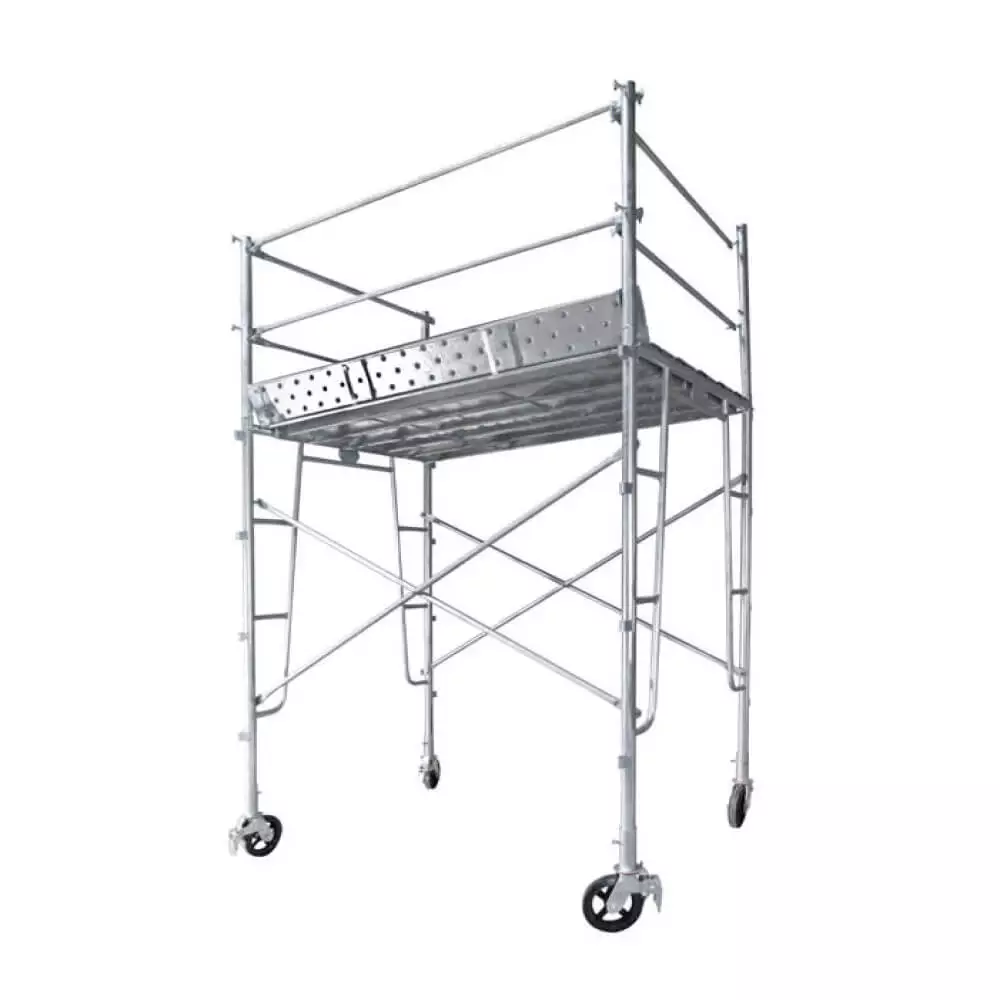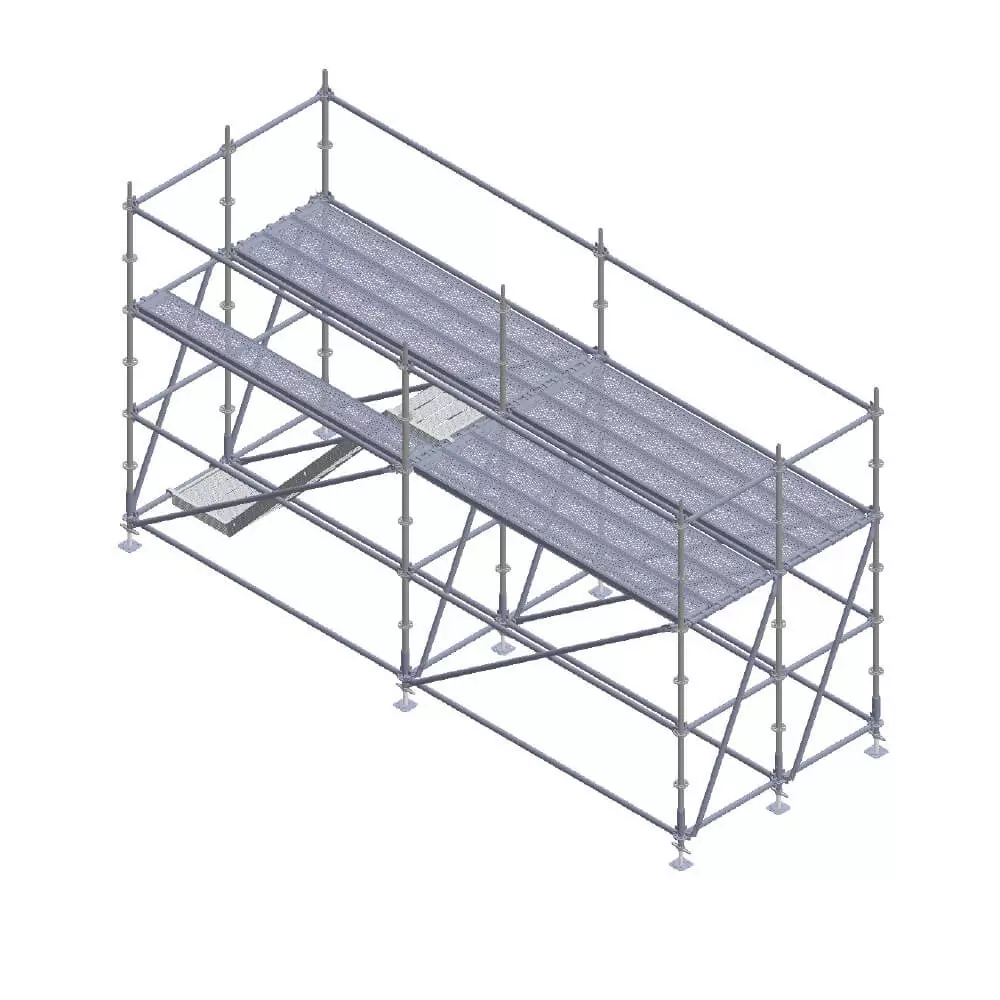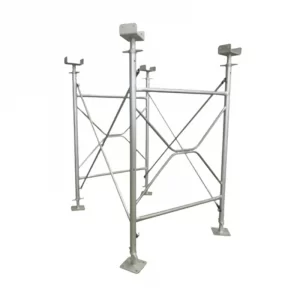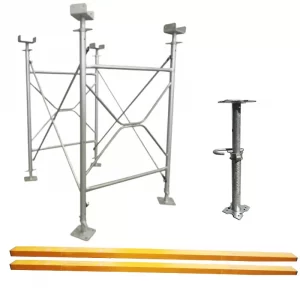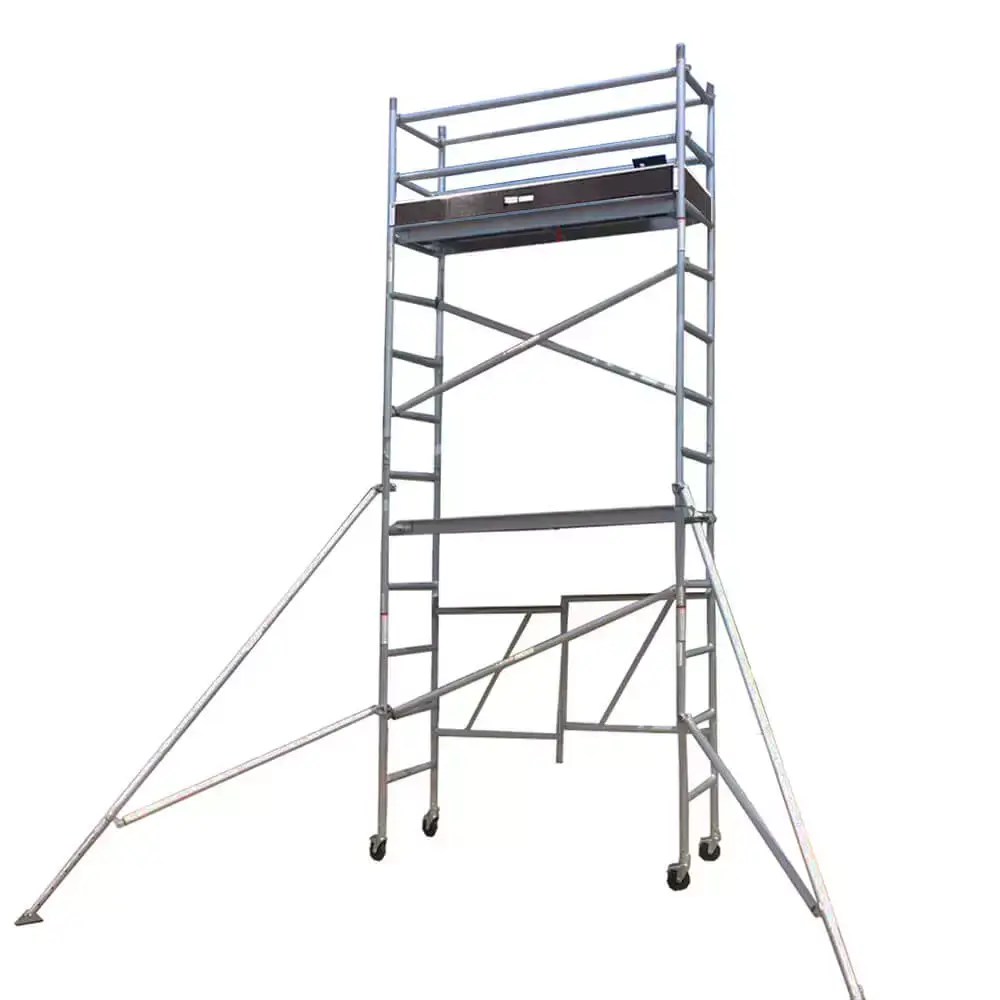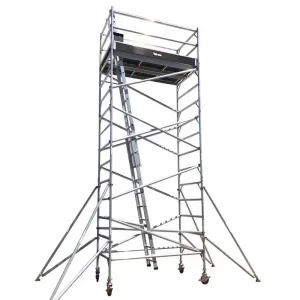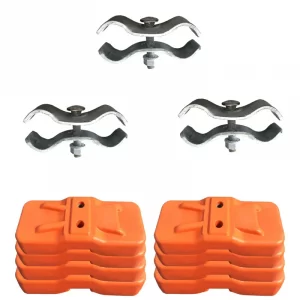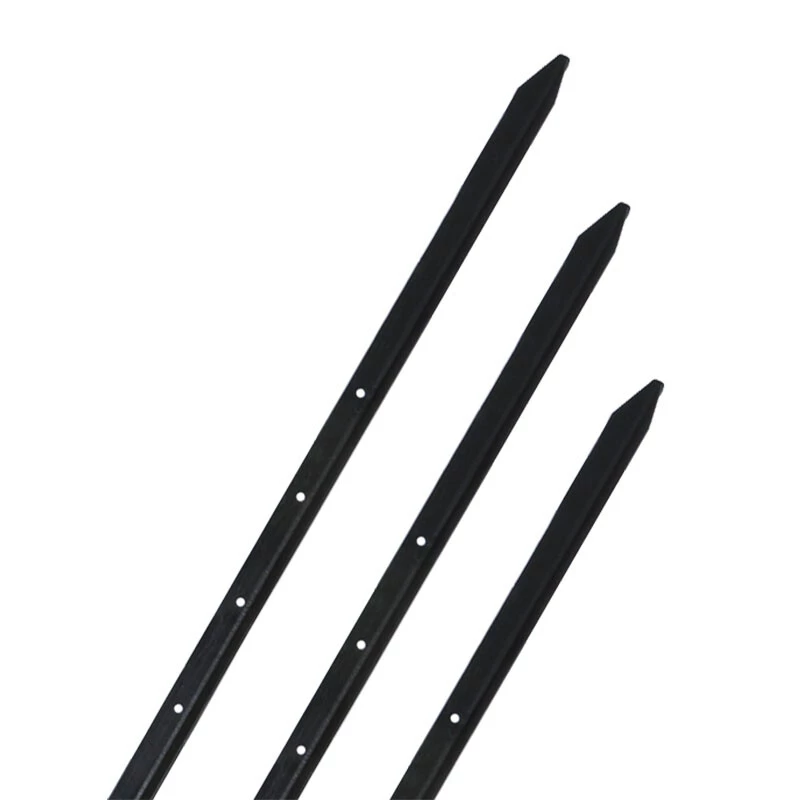Table of Contents
Temporary fencing is an essential tool to secure a worksite for the duration of construction work. Its simple design allows it to function on any terrain and for even a complete novice to assemble in seconds. Fencing around a building site is a lawful requirement in Australia to protect passing pedestrians. Here is everything you should know on how to install temporary fencing.
Equipment Required
- Shifting Spanner
- Temporary Fence Panels
- Clamps
- Concrete Feet
- Stays
- Shade Cloth (optional)
Install a Temporary Fence Panel
Place a single concrete block down into position along the line you want the fence to travel. Insert one fence panel leg into one of the holes in the concrete base inserting the other leg into a second block at the other end.

Connect Fence Panels with Clamps
Clamps connect the panels to ensure stability, and that fencing maintains a rigid structure. Connect fence panels using clamps on the vertical struts at the top. A second bracket can be fixed towards the bottom, but it is only optional.
Tighten the nut on the clamp using the spanner. Ensure the bolt is facing towards the worksite to prevent a hazard for pedestrians and improve the security of your site. Clamps are safe from outside tampering by facing them inwards.
Connecting panels using two clamps at the bottom and top is possible but relies solely on the preference of the installer.

Installing the Stays
Stays offer additional safety and stability to your fencing by acting as an anchor. Two clamps must attach the stays to the back of a panel, one located at the bottom and the other towards the middle.
Stabilise the stays by weighing them down with multiple concrete blocks. On flat terrain, it is recommended that struts are spaced out to every fifth fence panel. This number changes on sloped and uneven terrain.
Adhere to Regulations
It is essential that you follow installation guidelines provided by a manufacturer of Temporary Fencing. Key aspects of the install ensure the safety and structural integrity of the fence itself. Instructions such as:
- Concrete Feet must run perpendicular (90 degrees) to the Temporary Fence ensures stability;
- Install Stays every fifth panel to create additional support against undue force; and
- Use Stays for supporting panels with Shade Cloth attached.
Sticking to manufacturer guidelines and Temporary Fencing legal requirements ensure your setup is as safe as possible.
Bonus Step: Attaching Temporary Fence Shade Cloth
Shade cloth may or may not be required depending on the work and location of the construction site. Whether a council requirement or otherwise, shade mesh cloths provide additional privacy and prevent debris from blowing across the neighbourhood.
Cloth comes packaged in rolls and can be attached by zip-tying to the tubing on top of a panel.
For more information Temporary Fencing hire prices or purchase, call 1300 622 686 or fill out the form below.



